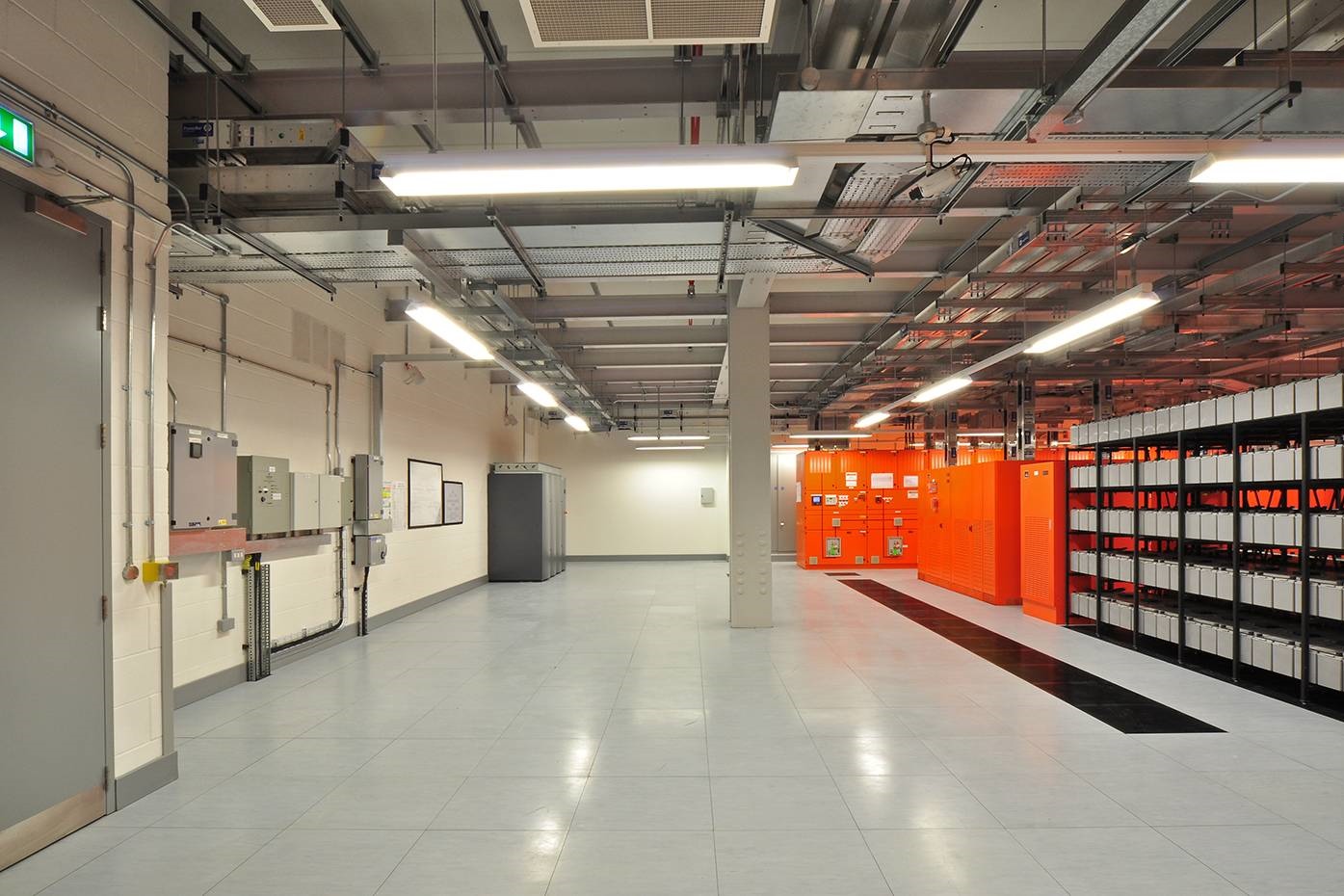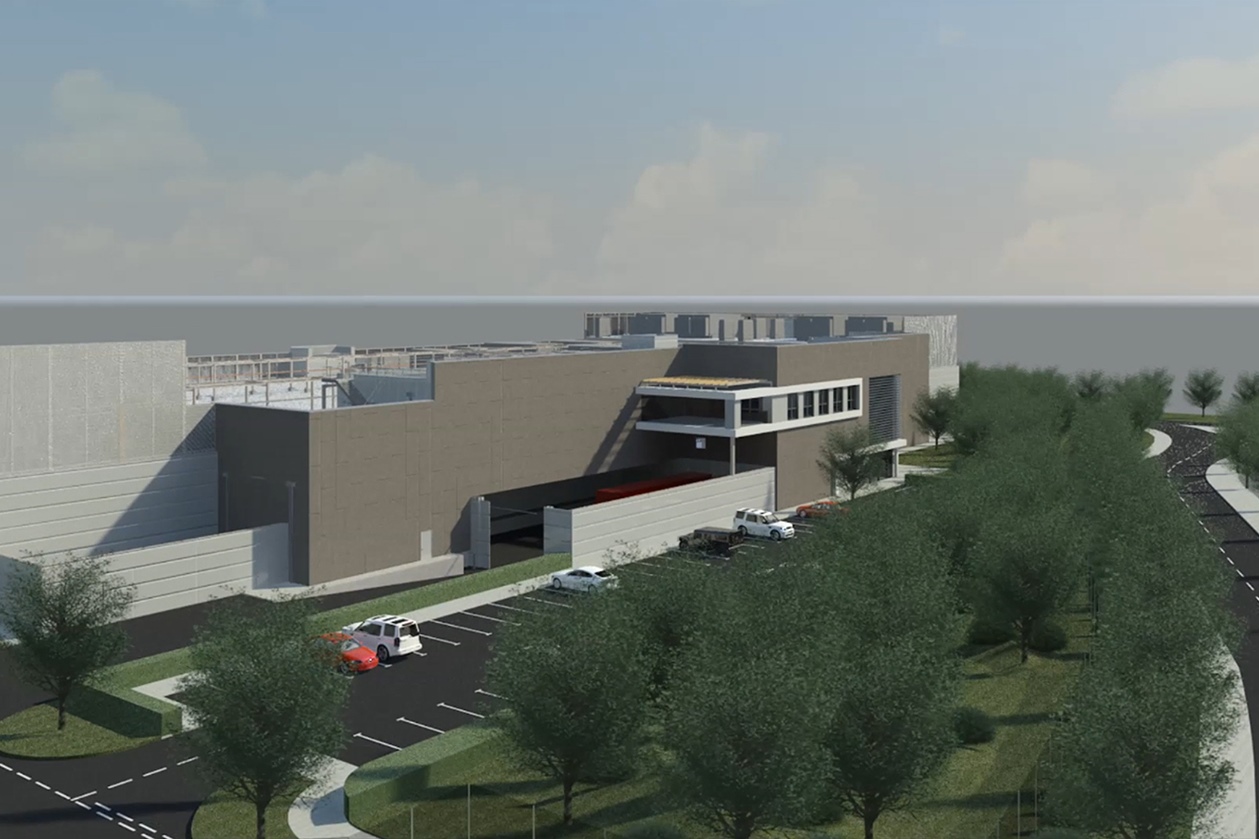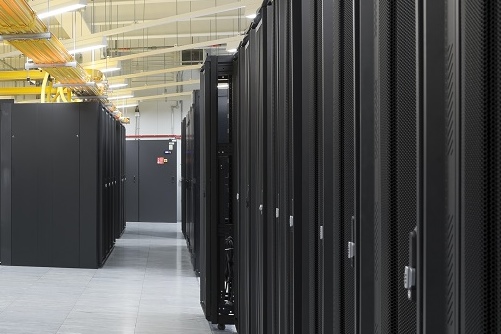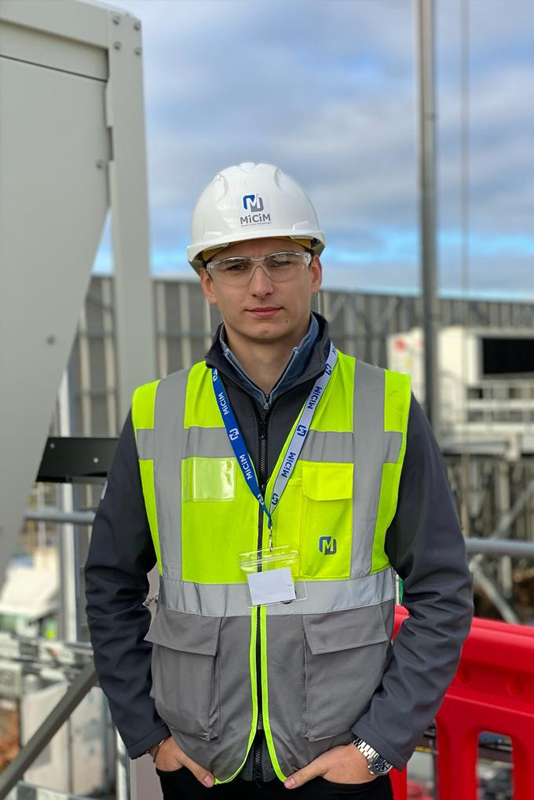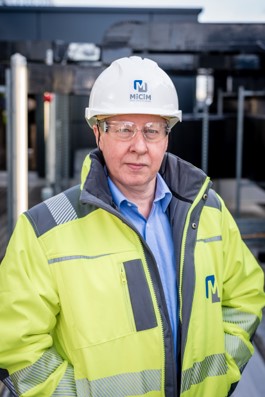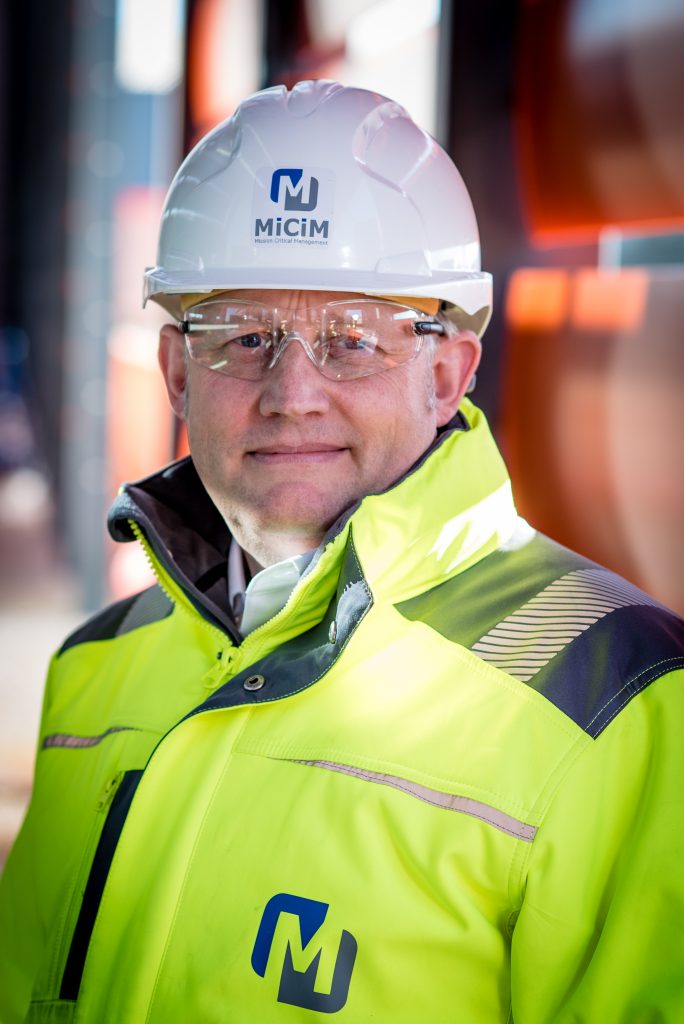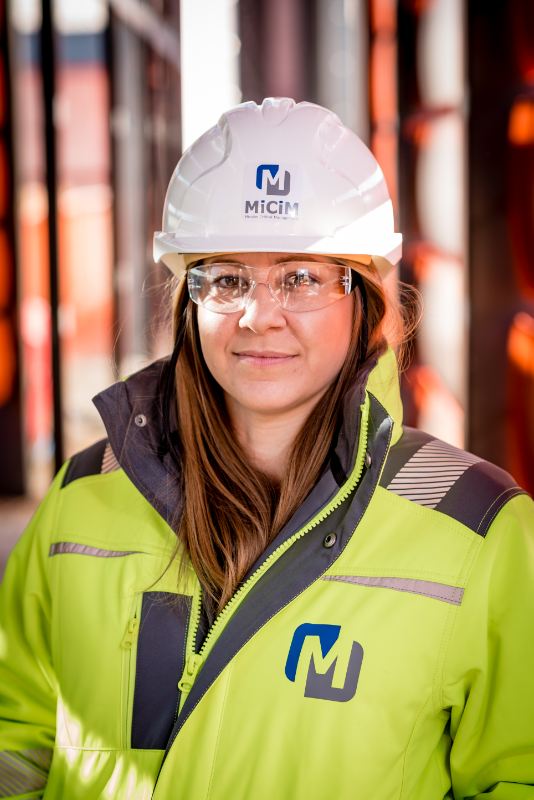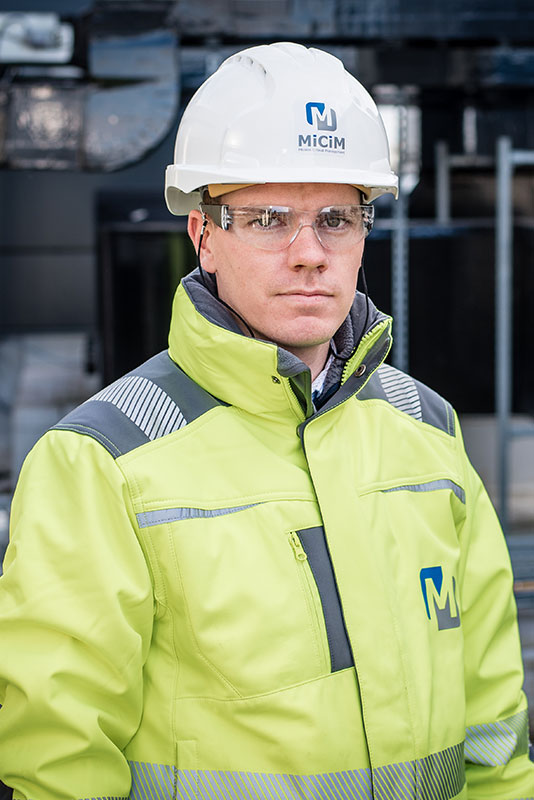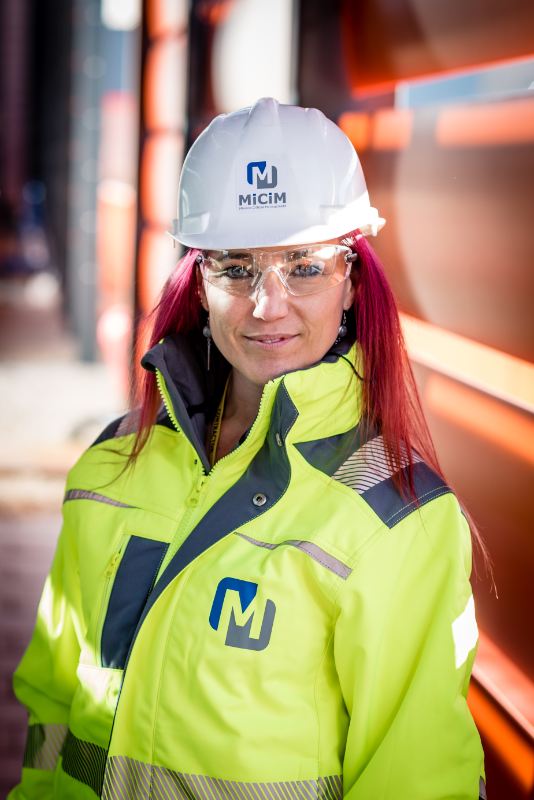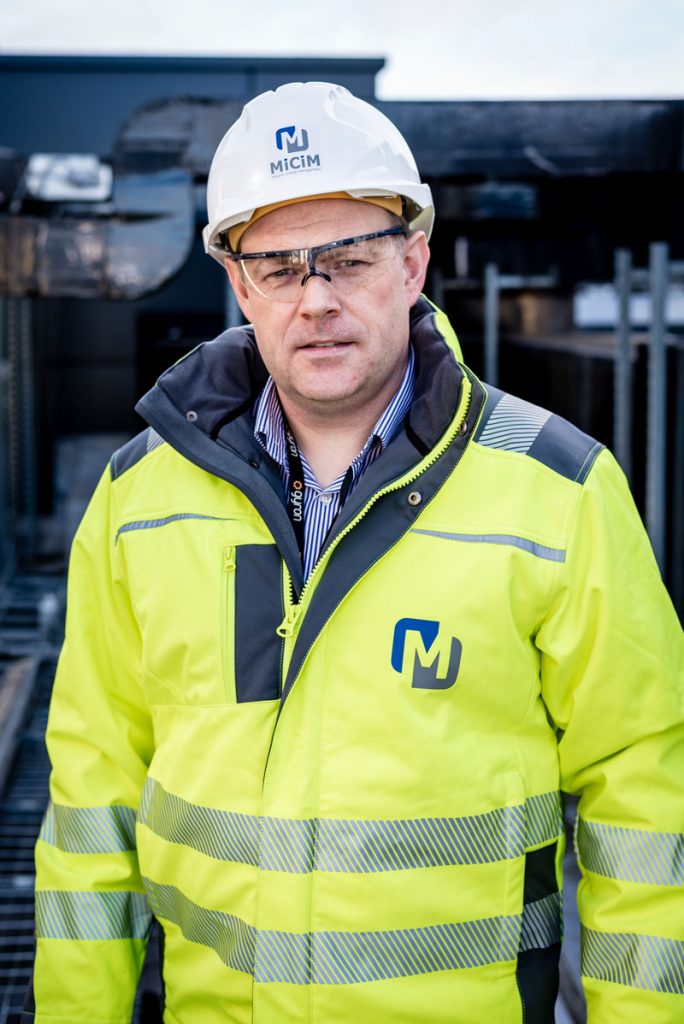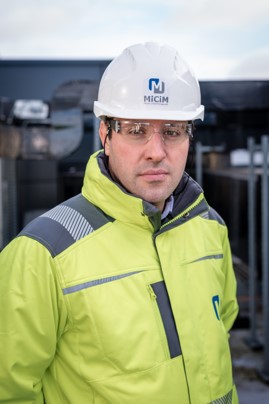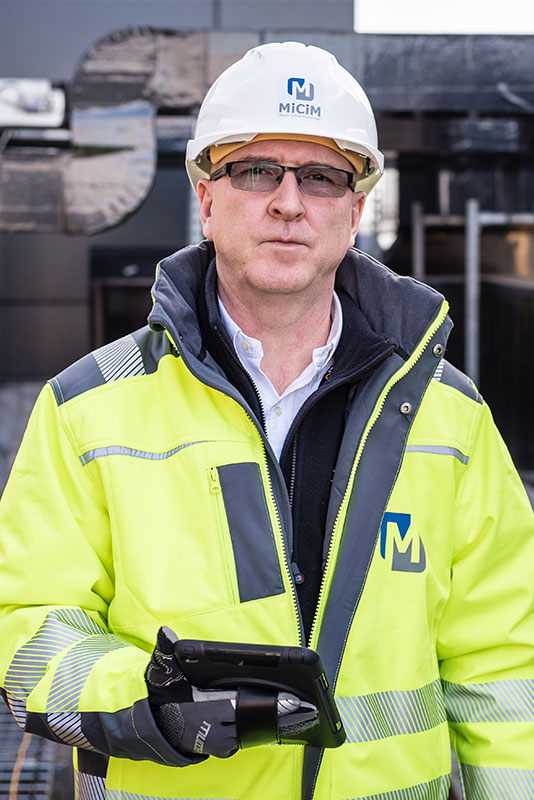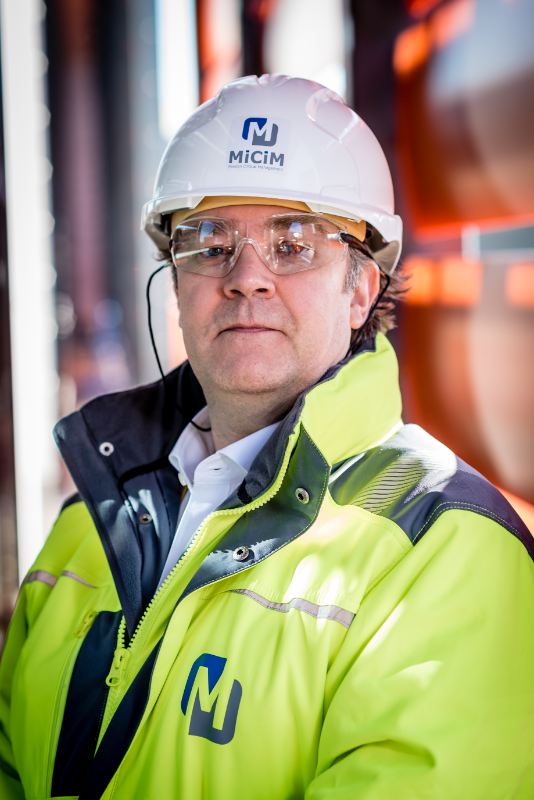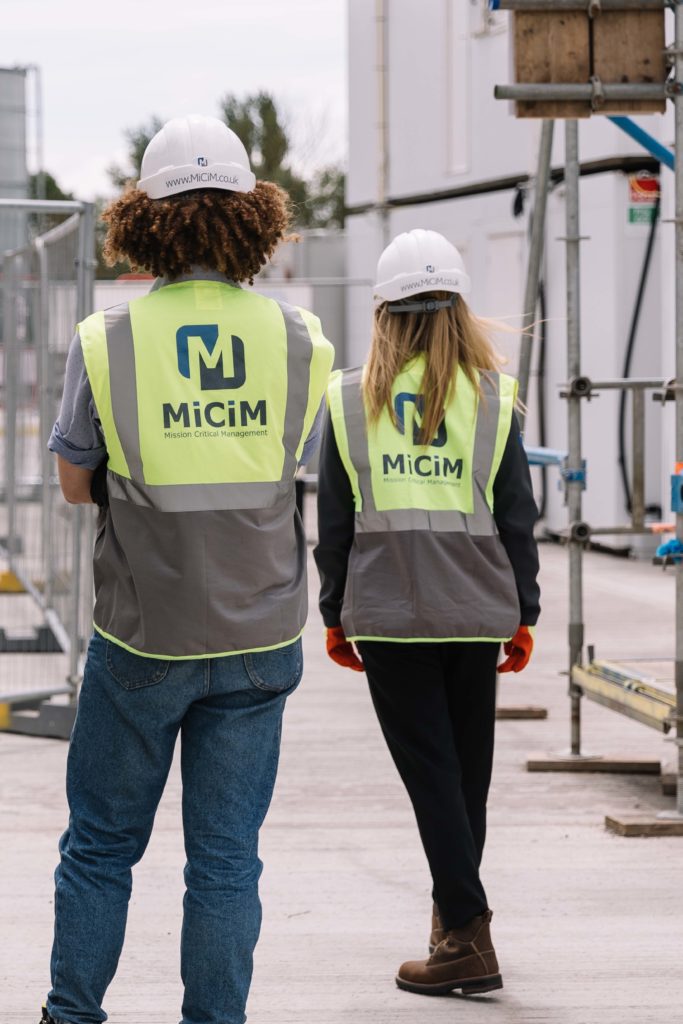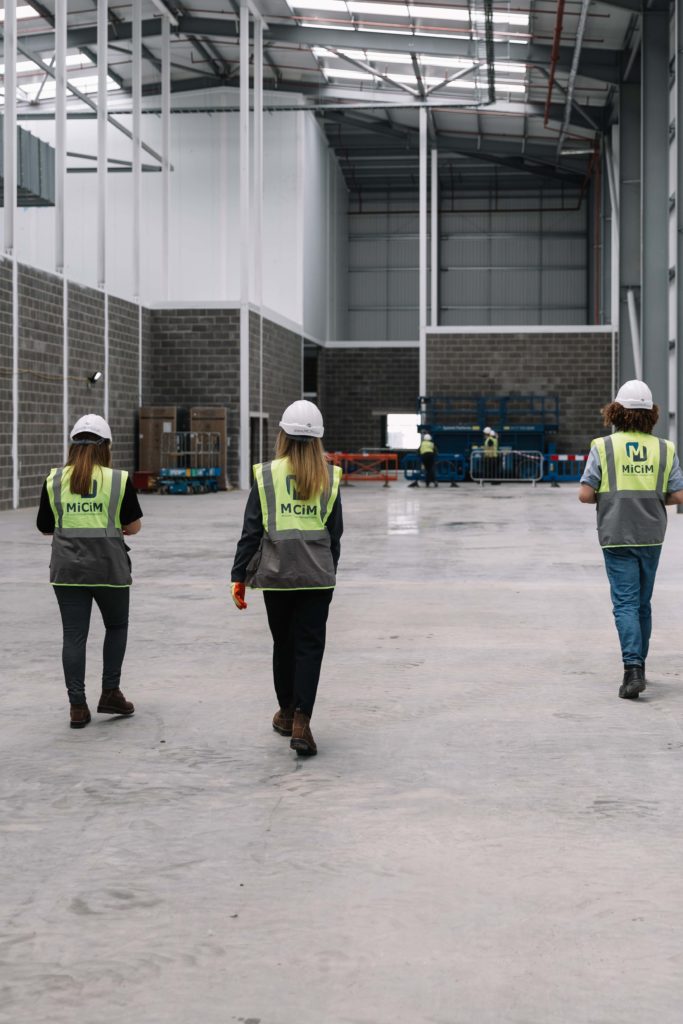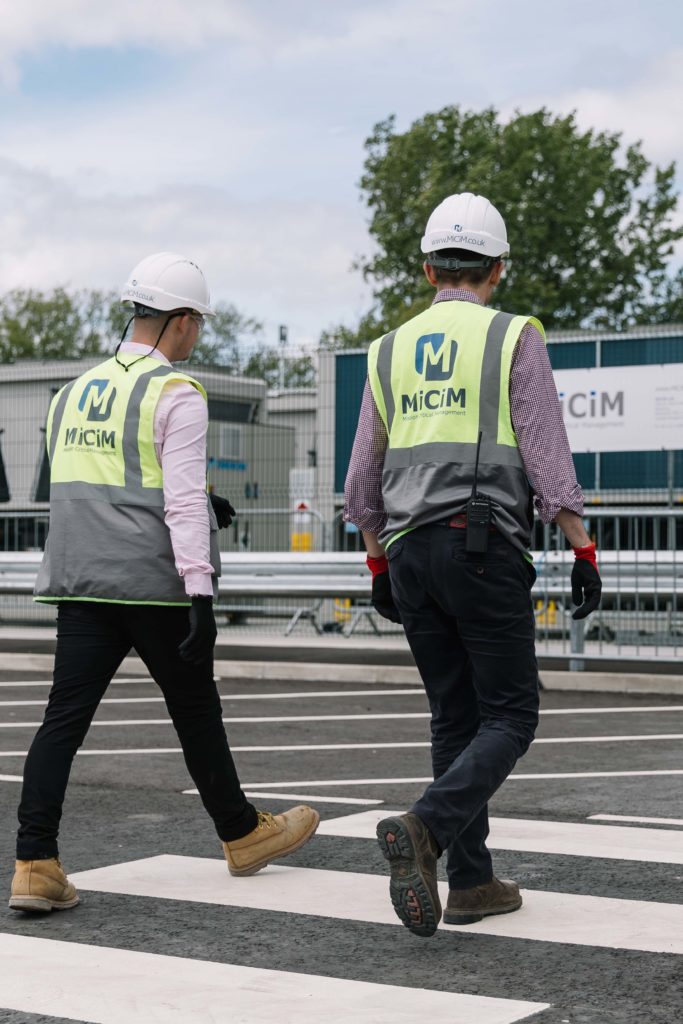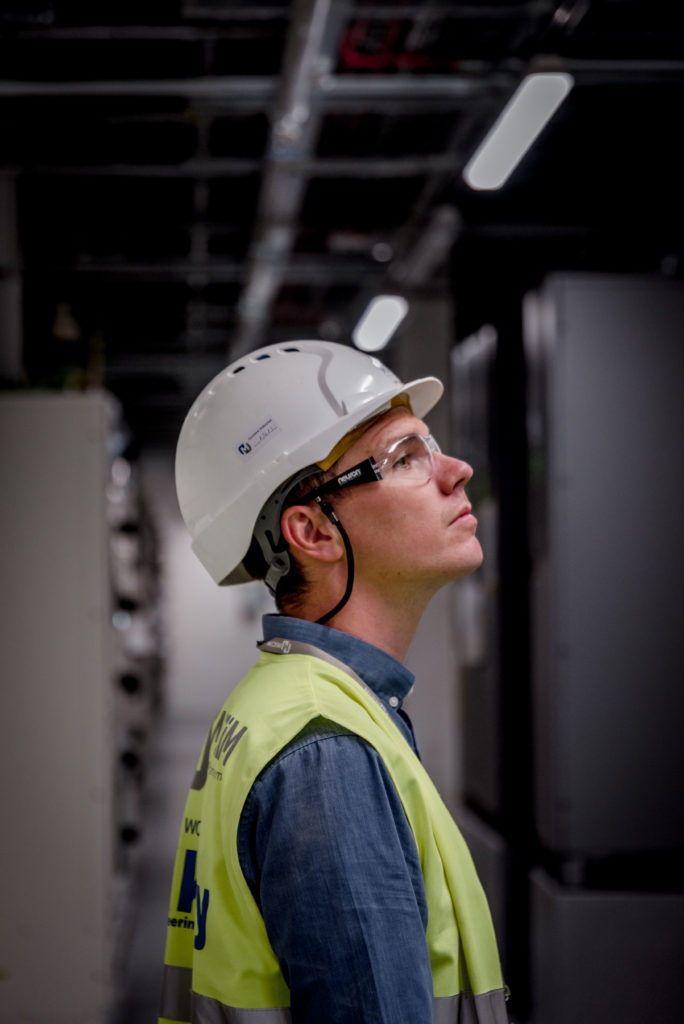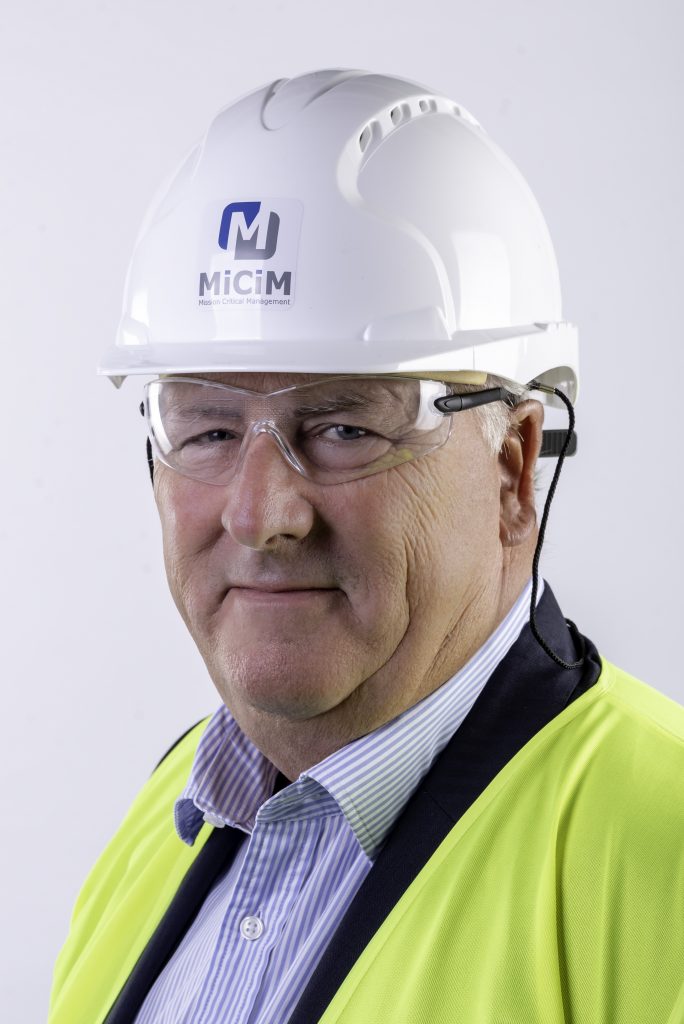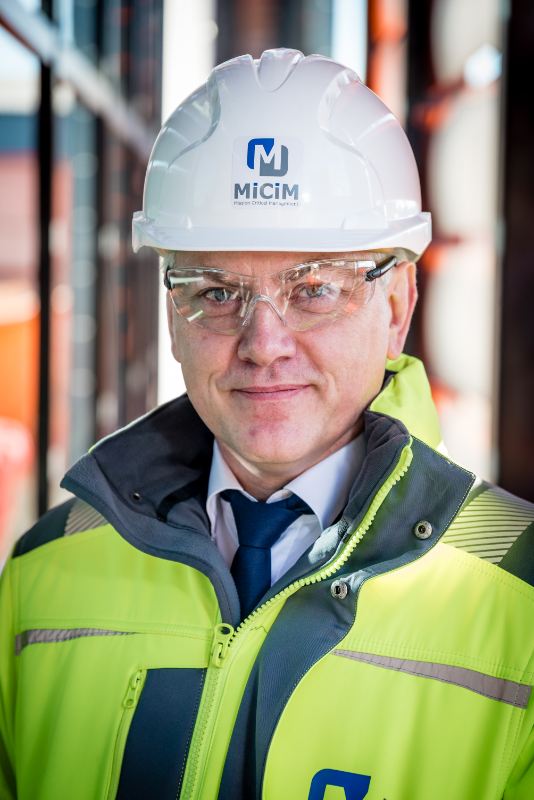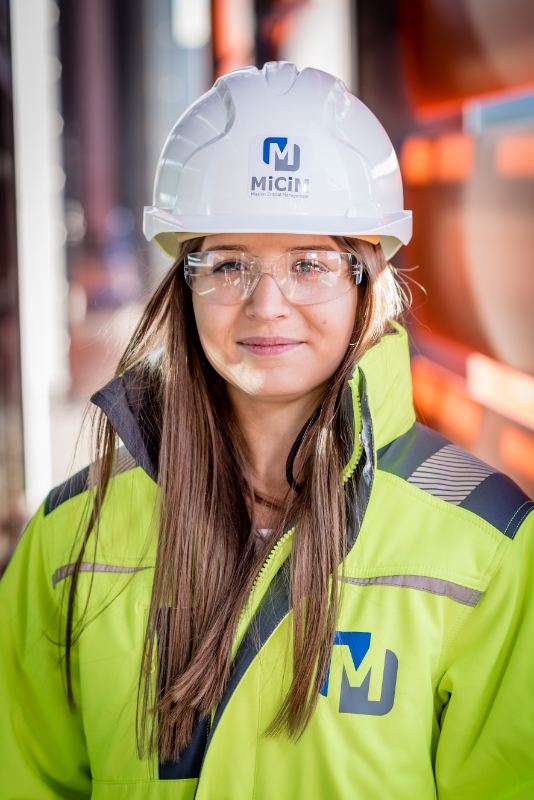
18 Aug Liquid Cooling’s Moment: Why 2025 Could Be the Industry’s Turning Point
For years, liquid cooling has lingered on the horizon of data centre design, hailed as the future but rarely embraced at scale in the present.
Surveys have consistently shown low adoption rates. A 2020 poll revealed just 16% of respondents had liquid cooling in their production systems, a drop from three years earlier. Despite its promise, the industry’s inertia persisted, burdened by retrofit complexity, CapEx concerns, unfamiliarity, and lack of standards.
However, the tech landscape underwent a tectonic shift in 2023 with the launch of Chat GPT. Demand for data centre capacity has skyrocketed as more companies invest in generative AI and machine learning and the hardware that supports it. This intense interest in AI has powered chip designer Nvidia to become the most valuable publicly traded company in the world and the first in history to attain a $4 trillion market capitalisation in July.
This rise of AI workloads is one of the strongest drivers for the uptake of liquid cooling technologies. Data centres hosting AI compute are seeing rack loads of 40 to 100 kilowatts or more. At these densities, air cooling struggles to move enough heat efficiently, and the cost of doing so continues to rise. Liquid cooling, by comparison, removes heat with less energy and in a smaller physical footprint, making it more attractive as operators look for ways to scale without sacrificing performance.
There is also a clear change in the behaviour of the largest operators. At its Build 2025 conference, Microsoft announced that all new data centre designs would use zero-waste water cooling systems, reducing reliance on evaporative methods. This is a significant commitment to sustainable, high-efficiency cooling infrastructure.
Market data supports the trend. A 2025 report shows that global cooling infrastructure investment grew from $16.3 billion in 2024 and is expected to exceed $40.7 billion by 2030, with a compound annual growth rate of more than 16%.
Hyperscale adoption is also accelerating. Google’s liquid-cooled TPU pods deliver four times the compute density of comparable air-cooled designs. Meta and Microsoft are integrating liquid cooling into AI-specific deployments, setting precedents that colocation and enterprise operators will likely follow.
Sustainability is another important factor. Immersion cooling can reduce water use by millions of litres annually per site, making it appealing in drought-prone regions. A recent study found that 74% of data centre leaders view immersion cooling as essential to meet current demand, and 90% are considering adopting it in the next five years.
Vendors are addressing operational barriers too. At the Datacloud Global Congress 2025, Castrol launched a full-service liquid cooling fluid management offering that covers installation, maintenance, and disposal. This type of service aims to make adoption easier for operators with limited in-house expertise.
Analysts are echoing the same messages. Data Center Knowledge points to five forces in 2025 — including the heat crisis, environmental pressure, and new density requirements — that are pushing cooling technology beyond air-based systems. JLL’s latest market report notes that liquid cooling is now entering the mainstream in response to these pressures.
Taken together, these developments show that 2025 is more than another year of pilots and trials. Hyperscale deployments, sustainability goals, and the rising cost of air cooling are creating a strong business case for change. Organisations that invest now in the skills, systems, and vendor partnerships to deploy liquid cooling will be better positioned to handle the next wave of high-density demand.
Liquid cooling has been “the future” for a long time. In 2025, thanks largely to AI, it is becoming the present. MiCiM have the expertise to deliver data centre construction, refit or expansion projects utilising liquid cooling technology – including immersion cooling, as demonstrated by our award-winning liquid cooling showcase. Our teams include true data centre cooling experts, led by Technical Director Sophia Flucker. Get in touch with us to learn about our construction management, project management, and technical and environmental consultancy services.



